Presentations/Publications
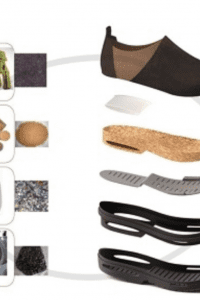
The building sector is now widely known to be one of the biggest energy consumers, carbon emitters, and creators of waste. Some architectural agendas for sustainability focus on energy efficiency of buildings that minimize their energy intake during their lifetime – through the use of more efficient mechanical systems or more insulative wall systems. The […]

This paper describes the connections between computation- al thinking and digital craft, and proposes several ways that architectural education can cultivate better digital craft, specifically: motivating the use of computational strategies, encouraging a conceptual understanding of computing as a medium, teaching computer programming, and discussing digital ethics. For the most part, these subjects are not […]
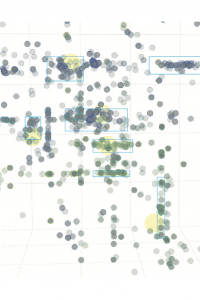
The expanding role of computational models in the process of design is producing exponential growth in parameter spaces. As designers, we must create and implement new methods for searching these parameter spaces, considering not only quantitative optimization metrics but also qualitative features. This paper proposes a methodology that leverages the pa ern modeling properties of […]

It would seem that since humanity first began building settlements and creating tools that it has been marching tenaciously upon a path of progress. So intertwined have been the actions of humanity with advancement, that the ages themselves take title from the character of human creation. The Stone Age, The Bronze Age, and the Iron […]
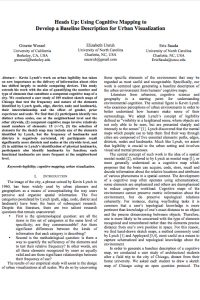
Kevin Lynch’s work on urban legibility has taken on new importance as the delivery of information about cities has shifted largely to mobile computing devices. This study extends his work with the aim of quantifying the number and type of elements that constitute a competent cognitive map of a city. We conducted a user study […]

Numerous systems have been developed to display large collections of data for urban contexts; however, most have focused on layer- ing of single dimensions of data and manual calculations to un- derstand relationships within the urban environment. Furthermore, these systems often limit the user’s perspectives on the data, thereby diminishing the user’s spatial understanding of […]

DesComp Thesis Completed by Christian Sjoberg (2017)- Presented at ACADIA 2017
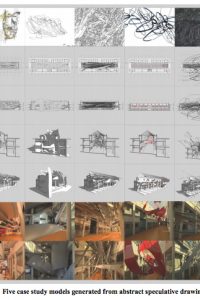
Despite exponential developments in technological manufacturing and computational design, the act of drawing still plays a role as the central vehicle for speculation in architectural practice. Historically, drawing has been tied to not only advances in architecture, but advances in technology and culture as well. From Alberti’s Lineaments, to da Vinci’s Machines, to Thomas More’s […]
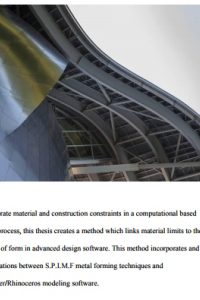
Advanced design software allows designers to rapidly create huge numbers of design variations. However, these variations do not incorporate material and manufacturing limits, which are typically considered much later during the process of design documentation. By creating a method, which incorporates these limits during the design process, we avoid iterations that would be difficult, costly, […]

The recent rise of food vending in U.S. cities combines physical mobility in urban space with continuous online communication. In contrast to traditional forms of urban space that have predictable and planned spatial locations, mobile food vending generates temporary forms of urban social activity mediated by websites such as Twitter. Given the unique nature of […]

By Paul Stockhoff- Presented at ACSA 2017

Historically, architecture’s cultural role has changed in sometimes radical ways. A theory of contemporary architecture must deal with the proliferation of information and communication technologies, seeking a transformed role for the physical setting in a digital age. This paper reviews perspectives from computational disciplines, proposes the outline of a theory of interactive architecture, and presents […]